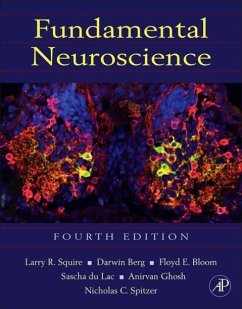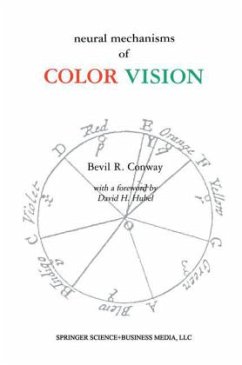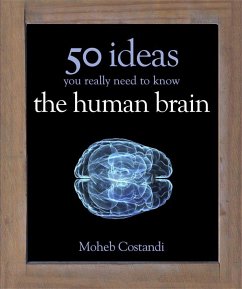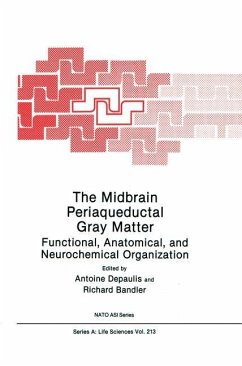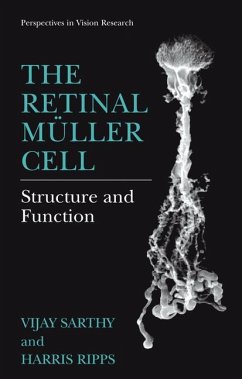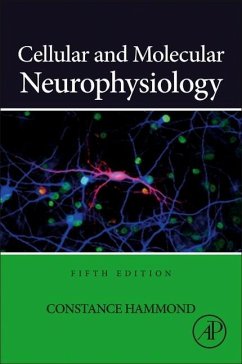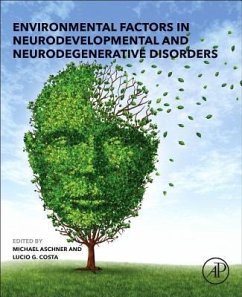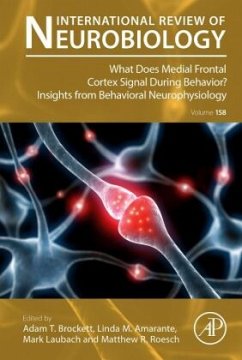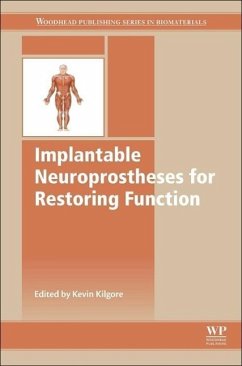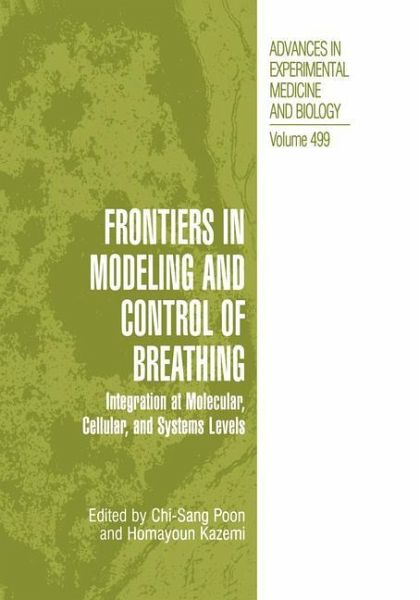
Frontiers in Modeling and Control of Breathing
Integration at Molecular, Cellular, and Systems Levels
Herausgeber: Kazemi, Homayoun, Chi-Sang Poon
Versandkostenfrei!
Versandfertig in 1-2 Wochen
153,99 €
inkl. MwSt.

PAYBACK Punkte
77 °P sammeln!
The field of neural control of breathing has advanced rapidly in the past two decades, with the emergence of many new and promising research directions of increasing sophistication. The complexity and diversity of the current methodologies signify its remarkable vivacity, albeit at the price of much confusion. Captured in this book are the broad and intricate nature of the field and its multifaceted frontiers, including aspects of genetics, cell and molecular biology, comparative biology, neurophysiology, neurochemistry, neuroanatomy, imaging, human physiology in health and disease, and influe...
The field of neural control of breathing has advanced rapidly in the past two decades, with the emergence of many new and promising research directions of increasing sophistication. The complexity and diversity of the current methodologies signify its remarkable vivacity, albeit at the price of much confusion. Captured in this book are the broad and intricate nature of the field and its multifaceted frontiers, including aspects of genetics, cell and molecular biology, comparative biology, neurophysiology, neurochemistry, neuroanatomy, imaging, human physiology in health and disease, and influence of environmental factors. Major topics include chemosensitivity, respiratory sensation, respiratory neurons, rhythmogenesis, plasticity, development, chemoreflex and exercise, respiratory instability and variability with behavioral and sleep states, etc., which are systematically laid out in the book for easy referencing.





